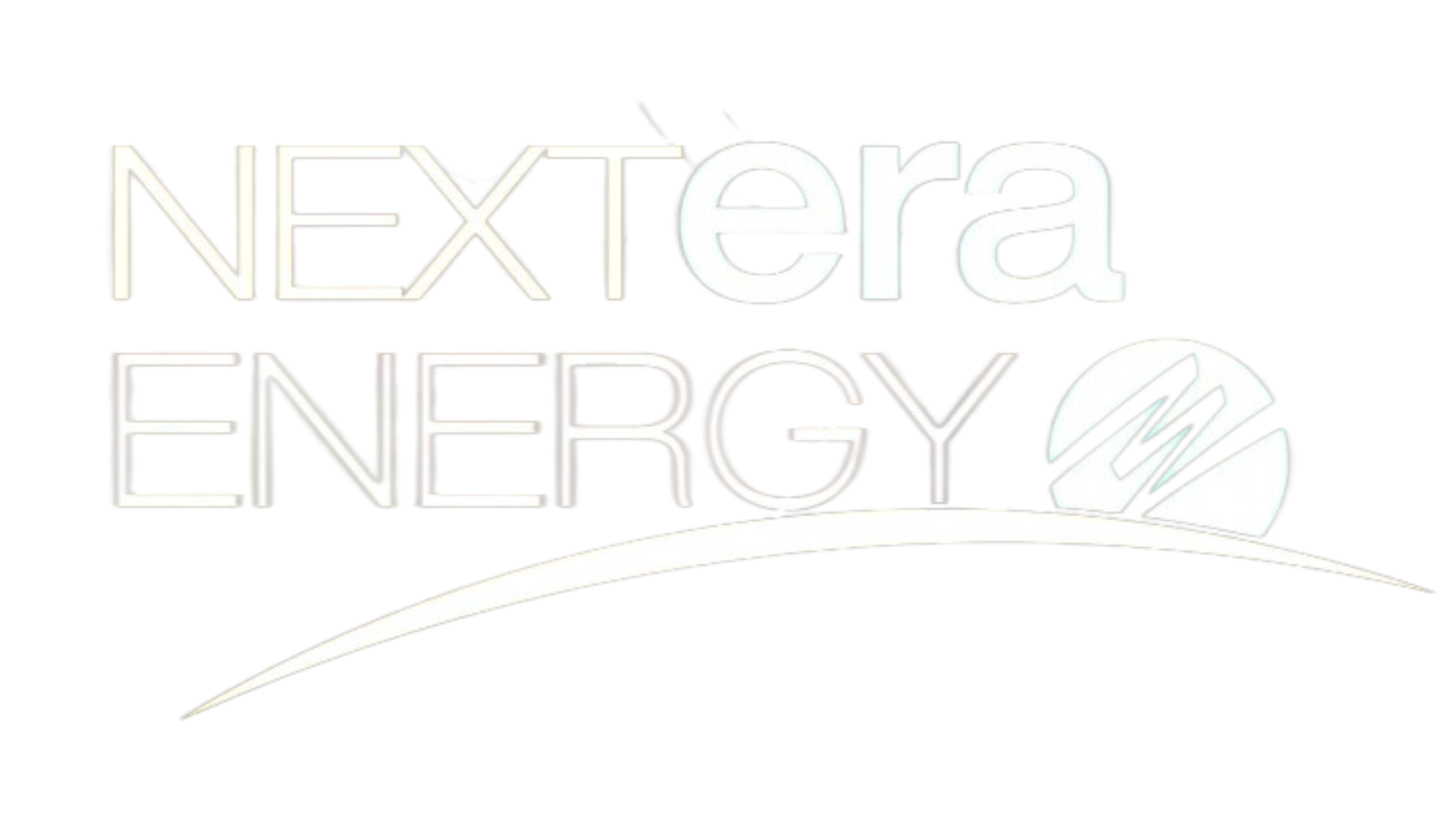By Peter Aronson
Climate change is causing anxiety and fear in an increasing number of children and youth around the world. Publications such as Nature, Education Week and Harvard Medicine have written about it and the National Institute of Health has reported on the findings.
“I feel like generally there’s a lot of hopelessness among people my age,” said Croix Hill, a 16-year-old junior at Benjamin Franklin High School in New Orleans, as reported in Education Week. “When talking about [climate change], people are just kind of like, ‘Well, whatever. We’re not even gonna have a planet in 50 years, so it doesn’t even matter.’ ”
In 2021, The Lancet issued a widely-reported survey of 10,000 youth and young people aged 16-25 in 10 countries around the world, including the United States. The study reported that 59 percent of the respondents reported being “very or extremely worried” about climate change and 84 percent were at least “moderately worried.” As reported, more than 50 percent of the respondents said they experienced each of the following emotions: sad, anxious, powerless, helpless and guilty.
And, of course, as we all know, since 2021, climate change has gotten worse, as the world has gotten hotter (2024 is projected to be the hottest year on record, breaking the record set in 2023) and climate disasters are increasing in number and intensity.
The Washington Post reported in 2021 that today’s kids are likely to live through three times as many climate disasters as their grandparents.
And the age group most impacted by global warming are those under 20, which make up the largest segment of the world population, a third of earth’s 8.1 billion inhabitants.
If you are a parent of a young child or a teen, you may have heard about these feelings of anxiety, fear, and helplessness at the dinner table.
For children and youth, there are an increasing number of ways to get involved. While more and more schools are addressing global warming in the classroom, not enough is being done, according to the Columbia University Climate School (CUCS).
“Progress is being made in some states, but on the whole students are not learning enough about climate science quickly enough to give them the knowledge and tools they will need to cope with the impacts of climate change,” according to a CUCS article by Renee Cho.
But there are many opportunities out there for children and youth to engage with fighting climate change in a great variety of ways. It can be as simple as sitting down with teachers, parents and/or friends and deciding, collectively, to make certain changes in their lives to cut their carbon footprints.
This can be done within a family, a friend group, a neighborhood, a class, a grade, a school. It can be done ad hoc, or formally through an organization.
The Climate Initiative, a non-partisan organization, offers opportunities for young people to engage and lead. “We aim to educate, empower and activate youth,” its website states, with a goal of signing up one million youth by 2025. To explore becoming a local climate change ambassador, open to high school and college students and adults, go here.
To learn more about what the UN is doing, read about Youth in Action. The UN reports on important environmental progress from youth movements and offers these nine tips for getting involved:
- Join the United Nations’ ActNow campaign for climate action and sustainability.
- Calculate your carbon footprint. There are many websites offering this calculation for free. Here’s one: carbonfootprint.com.
- Learn from your peers on Facebook’s Reach Not Preach platform.
- Educate yourself on the impact of climate change through an online course offered by UNICEF.
- Play Mission 1.5 and cast your vote for climate action.
- Be a Climate Superhero!
- Read the Global Youth Statement on Climate Change and COP26 Outcomes.
- Join Youngo, a global network of children, youth activists, and youth NGOs on climate change.
- Speak up! Share all this information through social media
An organization called Kids Fight Climate Change is offering youth many opportunities to get involved. It’s a nonprofit dedicated to teaching youth about the climate crisis. Billed as an organization “Made by Youth. Built for Youth,” children and teens can go to their website and sign up to become climate writers, editors, leaders, influencers, designers or volunteers.
“We’re always looking for more voices to uplift in the climate movement,” the website states. “There are many ways to get involved in Kids Fight Climate Change; whether you’re just entering the movement or an experienced activist, there’s a place for you here.”
The American Museum for Natural History has a website for younger children. The website offers educational options and on its homepage a museum geologist, Ed Mathez, answers the following question from a sixth grader: What are the most important things kids can do to prevent global warming?
Mathez’s answer, told in greater detail on the museum’s website: Conserve energy, convince people around you to do the same, and keep learning about the subject.
The United Nations Development Programme writes about the importance of the climate youth movement in this article.
The World Economic Forum (WEF) reports on how youth climate activists are on the forefront of forcing change.
“Youth understand that climate change is not only an environmental crisis but also a social justice issue,” the WEF writes. “By prioritizing climate justice, inclusive education, mental health support and global collaboration, they are shaping a movement that addresses systemic inequalities and empowers future generations to create a sustainable and equitable world.”
Or, they can always start with simple tasks that will reduce their carbon footprint.
Here are some simple suggestions: Turn off the lights when not needed. Turn down the heat in winter and the AC in summer. Walk or bike to school. Start a home or community vegetable garden. Make sure your family (and friends and neighbors) are composting and recycling. Stop using plastic and encourage others to do the same. Buy used, not new, clothing. And after you’ve done all this, speak up and let everyone know they need to do the same.
As a parent or an educator, you can work with youth on these tasks, as an intro to fighting climate change. If they want to do more, there is an abundance of resources to get them involved.









